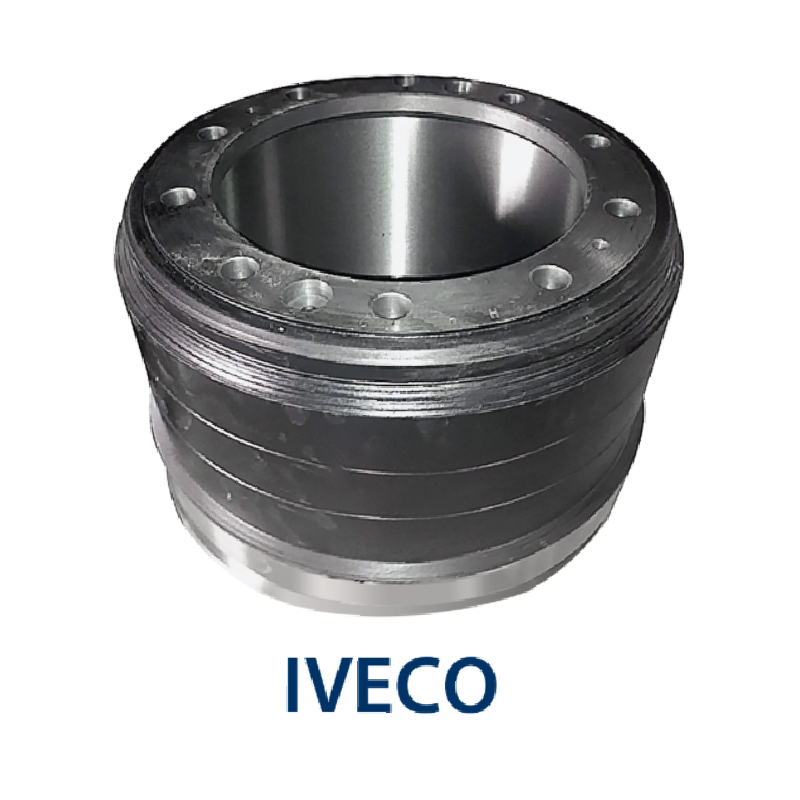ఆగ . 06, 2024 05:28 Back to list
Step-by-step guide for effectively deglazing your brake drums and improving braking performance
How to Deglaze Brake Drums A Step-by-Step Guide
Brake maintenance is crucial for vehicle safety, and one essential aspect of this process is deglazing the brake drums. Over time, brake drums can become glazed due to excessive heat and friction, resulting in reduced braking efficiency and increased stopping distances. This article will guide you through the process of deglazing your brake drums, ensuring optimal performance and safety for your vehicle.
What is Brake Drum Glazing?
Glazing occurs when the friction material on brake shoes hardens and smooths out, often due to overheating during braking. This creates a shiny surface on the brake drum and the shoes, reducing their effectiveness. Symptoms of glazed brake drums include a squeaking or grinding noise, poor braking response, and a noticeable decrease in stopping power. If you notice any of these signs, it’s time to deglaze your brake drums.
Tools and Materials Needed
Before you get started, gather the following tools and materials
- Jack and jack stands - Lug wrench - Brake cleaner - Fine-grit sandpaper or a sanding block - Wire brush - Safety goggles and gloves
Step-by-Step Process
1. Prepare Your Vehicle
Ensure your vehicle is parked on a level surface. Engage the parking brake for safety. Begin by loosening the lug nuts on the rear wheels using the lug wrench, but do not remove them completely yet.
2. Raise the Vehicle
Using the jack, lift the rear of your vehicle. Secure it with jack stands to ensure safety while you work. Remove the lug nuts and take off the rear wheels to access the brake drum.
3. Inspect the Brake Components
how to deglaze brake drums

Before proceeding, take a close look at the brake drums and shoes. Inspect them for any signs of wear, cracks, or damage. If the brake drums are severely worn or damaged, they may need to be replaced rather than simply deglazed.
4. Clean the Brake Drums
Using brake cleaner, spray the inside of the brake drum to remove dust and debris. Allow it to dry completely before continuing.
5. Deglaze the Brake Drums
To deglaze the brake drums, use a fine-grit sandpaper or sanding block. Lightly sand the surface of the drum in a circular motion until the shiny, glazed layer is removed. Be careful not to over-sand; you just need to roughen the surface slightly for better contact with the brake shoes.
6. Clean the Brake Shoes
Using a wire brush, gently clean the brake shoes to remove any dust or residue. Like the drum, you want to create a clean surface for optimal performance.
7. Reassemble the Brake Components
Once both the brake drums and shoes are cleaned and deglazed, reattach the brake drum. Ensure it is seated properly. Replace the wheel and hand-tighten the lug nuts.
8. Lower the Vehicle and Tighten Lug Nuts
Carefully lower the vehicle back to the ground using the jack. Once it is securely on the ground, use the lug wrench to tighten the lug nuts completely in a crisscross pattern to ensure even pressure.
Conclusion
Deglazing your brake drums is a straightforward maintenance task that can significantly improve your vehicle's braking performance. Regular inspections and maintenance can help prevent glazing and ensure your brakes operate smoothly and safely. If you're unsure about any part of the process or if your brake components are excessively worn, it’s always best to consult with a professional mechanic. Safe driving starts with properly maintained brakes, so don’t overlook this essential task!
-
Brake Drum Man - High-Quality Drum Brake Drums & Brake Shoes for Reliable Performance
NewsJun.24,2025
-
High-Quality Brake Drum Kamaz – Durable Drum Brake Drum & Brake Shoe Replacement
NewsJun.10,2025
-
High-Quality Brake Drum Liza for Drum Brake Systems - Superior Durability and Performance
NewsJun.10,2025
-
High-Quality Brake Drum Kamaz – Durable Drum Brake Drum & Brake Shoe Solutions
NewsJun.10,2025
-
Durable Kamaz Brake Drums High-Performance Truck Parts
NewsJun.09,2025
-
Premium Brake Drum Maz Kit with Shoes Enhanced Braking
NewsJun.09,2025
